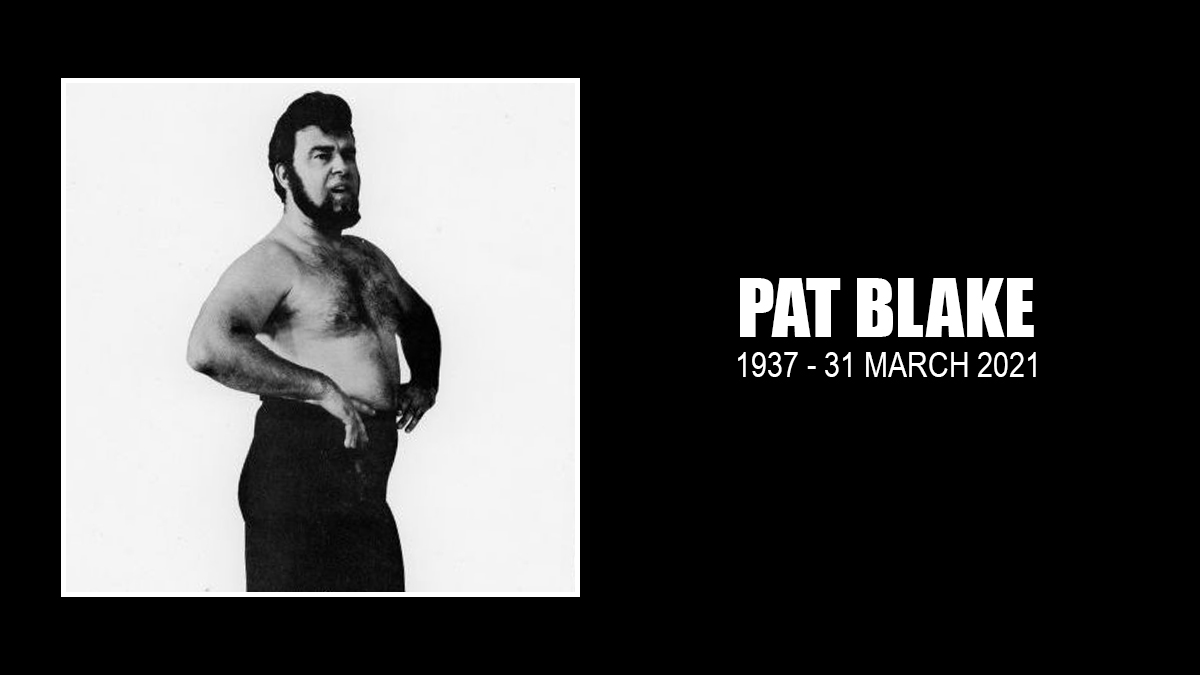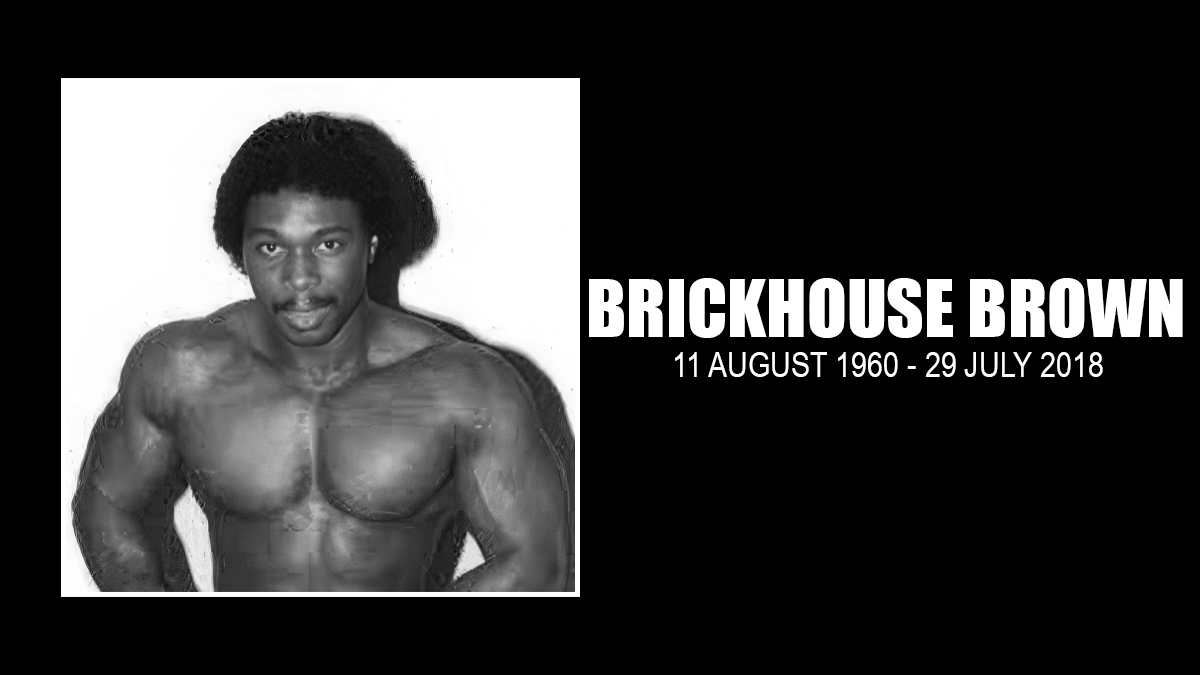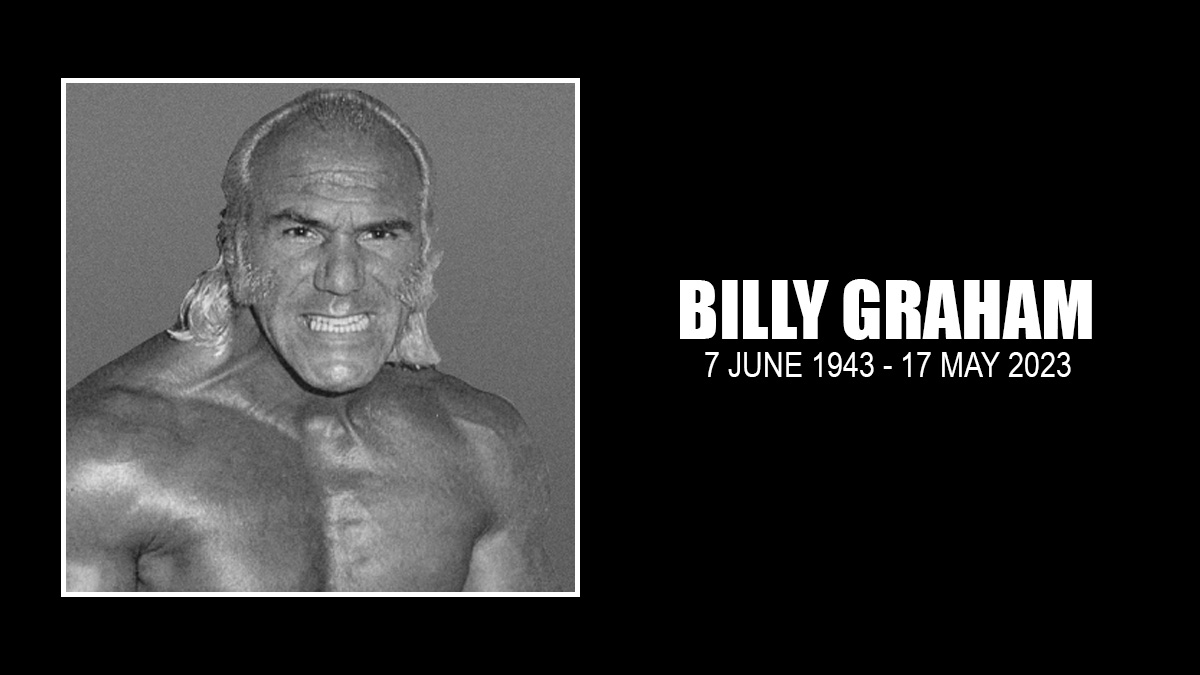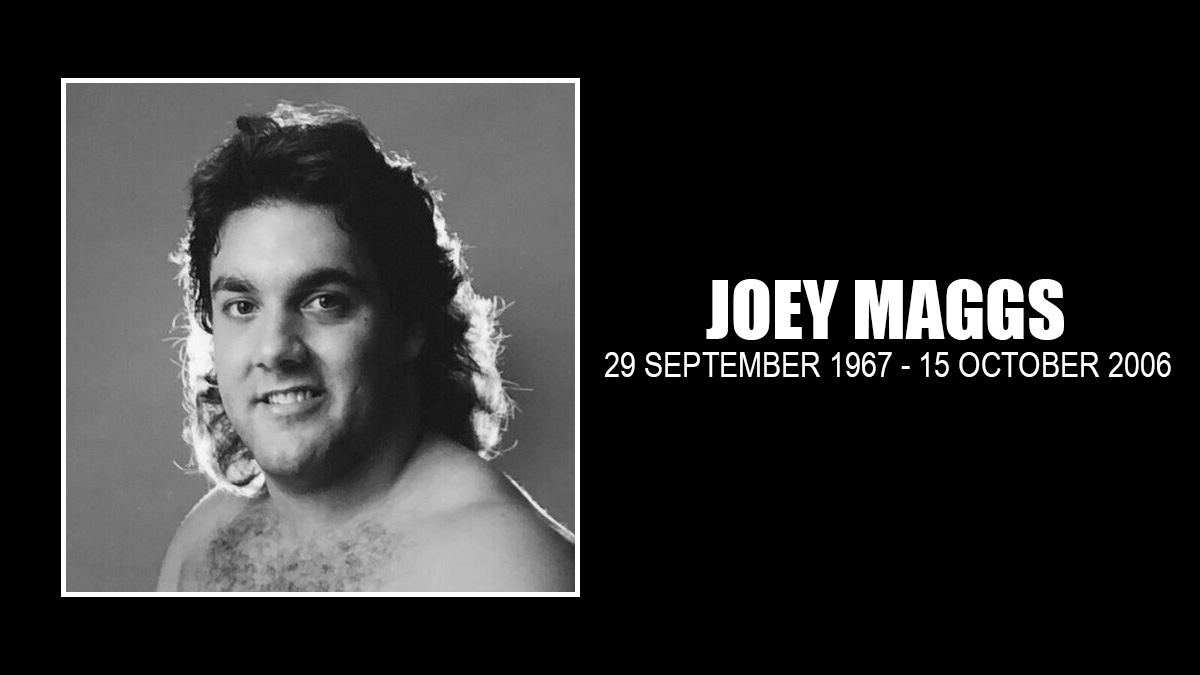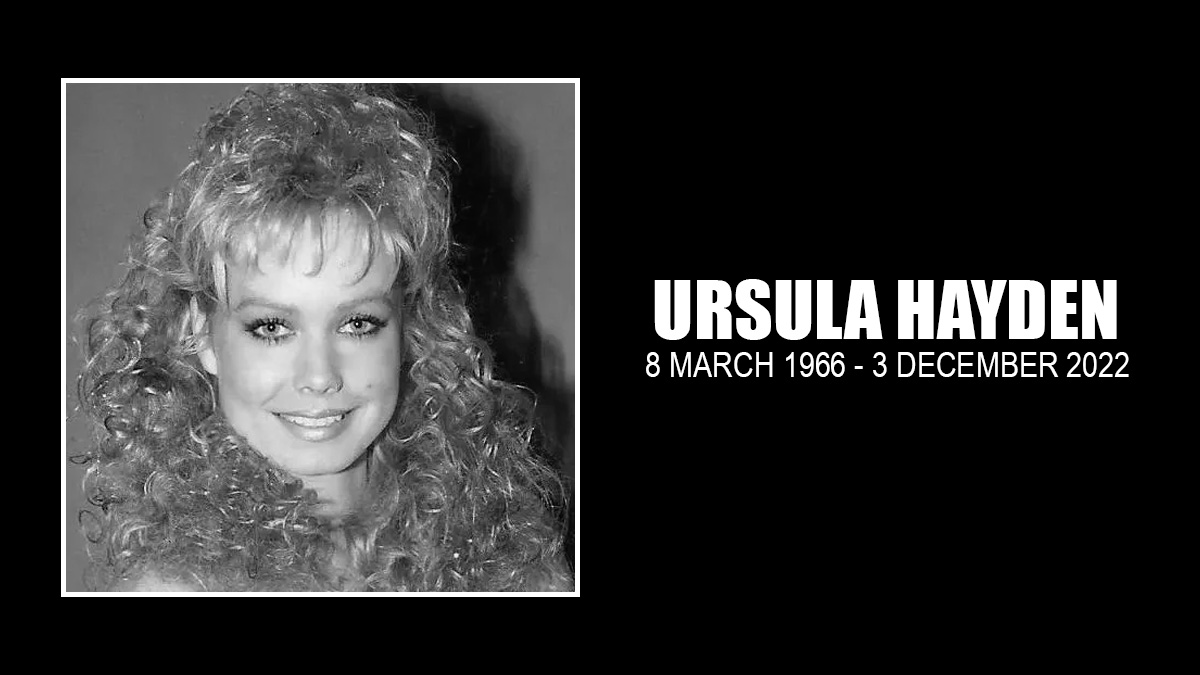For many years, Ernie Moore was the one in Hamilton, Ontario, who kept everyone else abreast of comings and goings, the one who organized the regular wrestler oldtimers luncheons. Then came COVID, and Moore’s memory faltered, and he died on November 24, 2022, leaving no one to give the updates on graduates of “The Factory.”
Hence the overlooked passing of Pat Blake on Wednesday, March 31, 2021, at the age of 83.
Blake wasn’t exactly a “big” name, headlining cards, but he was a big man — 6-foot-3 — and that was his entry into pro wrestling.
Born in 1937 to a family of Irish background, with one sister (Margaret) and three brothers (Richard, Kevin and Sterling), Blake grew in a large man. Hamilton’s Jewish Community Center was where he went to grow larger and healthier.
It was there that he met Hamilton wrestling royalty, Chris Tolos (since wrestling is spelling T-O-L-O-S after all).
“Chris Tolos said to me, ‘Geez, you’re a big guy’ — at this time I was about 250, young and full of muscle, working out hard with the weights and whatnot,” Blake told this writer in 2007. “Chris says to me, ‘Why don’t you get into wrestling?’ I said, ‘Well, where do I go to learn about that?’ He said, ‘Get on the mat with me and I’ll show you.’ He near killed me. He was brutal. Good guy though, good heart.”
It grew from there. Other future wrestlers at the same gym were Ace Freeman/Paddy Ryan, the future Killer Karl Krupp George Momberg, Terry Yorkston and Frank Fozo.
Blake was a quick learner and hit the road, beginning primarily in Buffalo for Pedro Martinez.
“I wasn’t around too much. After I learned to work, I went to the States and I worked in the States, I was over there all the time,” he said.
There are plenty of results for Pat Blake, but also Brutus Blake, Black Jack Blake and anonymous names like Mr. X, the Assassin and the Executioner. He’s in Montreal for the Rougeaus, Detroit for The Sheik, the Maritimes for Rudy Kay, and in Texas for Fritz Von Erich. Around Ontario, Blake was on many Bearman McKigney cards.
“I was large bodied, I was big. Momberg and I were the same size. I was pretty big, so who are they going to put me with? Most of the guys were a foot shorter than me,” said Blake. “If they figure you’re a good worker, or you’re big and impressive, they’ll have you working in their territory.”
In Texas for Von Erich, he was Blackjack Blake. “I didn’t stay with him very long. He was kind of a character to work for. At that time I went and worked for the Funks for a while.”
“With me, I always looked like a heel, because I always had a big, black beard. My beard’s grey now, sure, but at one time it was big and bushy and black, I had lots of hair,” he recalled.
Bookings were regular if not main event. “I never had trouble going anywhere. I could just call somebody up. ‘Hey, I’m so-and-so, can I come in?’ ‘Oh yeah, I’ve seen you’ or ‘I’ve heard of you.’ They get talking to Pedro Martinez, and I always got along good with Pedro, strangely enough. [Billy Red] Lyons said to me one time, ‘I never got along with him because he wouldn’t pay me any money.’ I said, ‘See, I got a good buck out of him, and he kept me. I kept my mouth shut.’ He said, ‘Well, maybe that’s the difference.'”
Speaking of Billy Red, Blake said that the redhead was the best babyface he ever saw. “It was just his style. He worked so hard at what he did. He worked hard at his craft, and that was being a wrestler. Everything he did, he wanted to do right. Billy worked very hard at being a wrestler. Let’s face it, he couldn’t be anything but a babyface because that’s what he looked like.”
Blake admitted a lot of it is a blur. “You meet so many guys you forget them all. You wish you’d had a camera and took pictures of everybody, signed underneath them their names.”
Family came up often in the chat with Blake, as did keeping on the straight and narrow.
“I think with me, it was more luck than anything, that I was able to make a living,” he said. “Of course too, there’s a lot of guys that wound up with no money because they drank, they smoked. I couldn’t afford to drink and smoke. You’ve got a family at home. I was a family person. I’m not telling you a story — I was devoted to my wife and my kids.”
Blake’s first marriage to Bridget was not long-lived. With his second wife, Barbara, Blake had two children, Patrick Jr., Kimberly, mixed in with the four children that Barbara already had: Deborah, Dan, Charmaine and Paul.
“All I cared about was that they paid me. See, I’ve got six kids. All I was worried about was making enough to survive on,” explained Blake. “Back in them days, they didn’t pay big money … I was maybe a little better off than the rest of the guys financially because I played in real estate for a number of years. I bought old houses. In the winter months, I’d come home — especially if it was a summer territory — I’d come home and work on the houses, my wife and I, fix them up and put them back on the market for sale. If the market was down, we’d just rent them out. That’s where I really made my money, was in real estate.” He added that he bought a few houses with Momberg.
Blake’s last match was in 1984. He sold cars at a few different car lots, and had a farm out in Grimsby for a time.
He kept in touch with many of the wrestlers around town, including the reclusive Vic Rosettani. Blake used to meet with Terry Yorkston every Tuesday morning for coffee until Yorkston’s death in 2011. He also had a major collection of wrestling photos in his garage.
Another pal was Ron Logue. “We chum around a lot, of all the guys that there is, him and I probably hang out more together because I’m alone and he’s alone. His second wife [Barbara] passed away on him [in 2005],” said Logue in 2007. “He’s a diabetic now, so he had to cut back on the weight, is on insulin and has to watch what he eats. A good guy though.”
